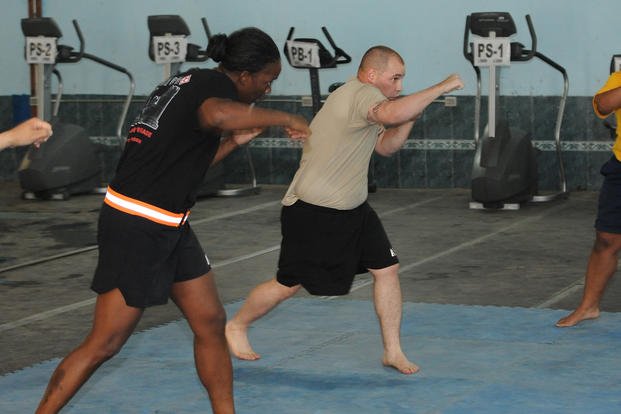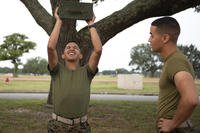I have a problem with martial arts.
No, I'm not going to launch into some anti-martial arts rant about how it's ineffective in a real street fight (though I have my opinions).
But the problem I have with most martial arts systems is that they teach their students how to defend themselves completely backward.
Let me explain.
If you've ever taken a single class in a martial art, then you know that your training begins with learning how to get in the perfect stance to strike from the perfect punching form; blocking; and a fancy, schmancy takedown, etc.
Eventually you progress to more advanced strikes, kicks, katas and more fancy, schmancy takedowns. And then finally, if you're in a very progressive school, you (if you're darned lucky) may get into how actually to avoid using those techniques.
You see, a fight is what happens when all things have gone wrong.
You weren't able to identify and avoid a bad situation. You weren't able to talk down the 300-pound gorilla snorting in your face, because he thought you were checking out his girlfriend. You let your attacker get too close to you and woke up in a hospital bed. You let your ego get the best of you and decided to "stand up" for your wife when some guy made a comment. ... The list goes on.
I've never attended (or even heard of) a self-defense program that started by taking you out behind the school to show you how to walk around a corner of a building in a way that doesn't let a waiting attacker catch you by surprise. Or how to use your car windows as a mirror to see what's going on around you while you're approaching it in a parking lot. Or how to set aside your ego to talk down the guy at the bar who thought you were looking at his girlfriend.
The number of potentially dangerous situations are limitless, but learning how to avoid a fight should be the very first thing martial arts instructors teach in their schools. Not in place of, but rather alongside the techniques that can be used if avoidance and de-escalation fail.
More from Anderson at:
Jeff Anderson is a 10-year veteran of the U.S. Army, a master instructor of close quarters combat self-defense and president of the International Society of Close Quarter Combatants. A full-time, self-defense author and instructor, Anderson has trained military, law enforcement and civilians in advanced close quarter combat tactics for "real-life" self-defense.
Want to Learn More About Military Life?
Whether you're thinking of joining the military, looking for fitness and basic training tips, or keeping up with military life and benefits, Military.com has you covered. Subscribe to Military.com to have military news, updates and resources delivered directly to your inbox.


















